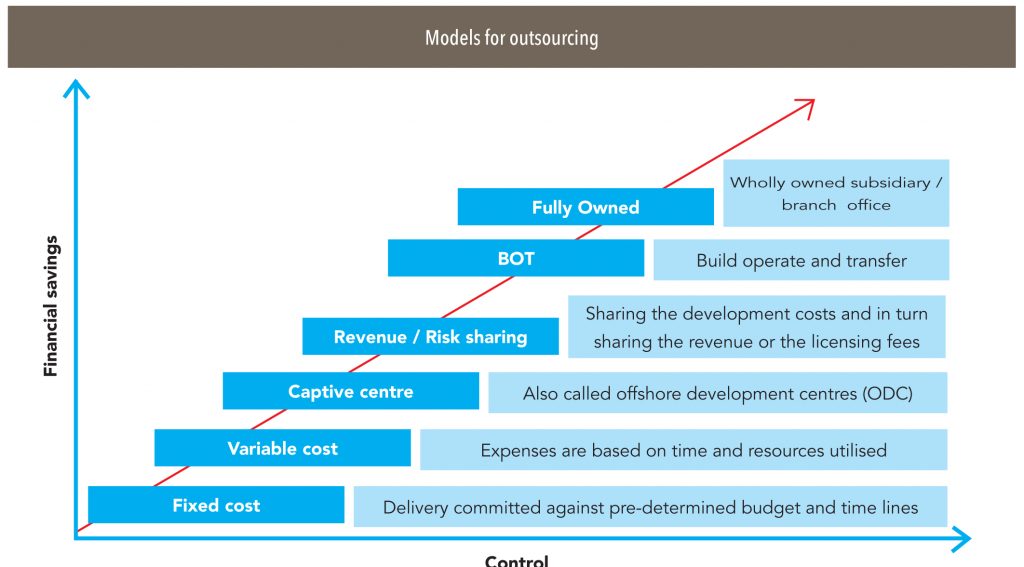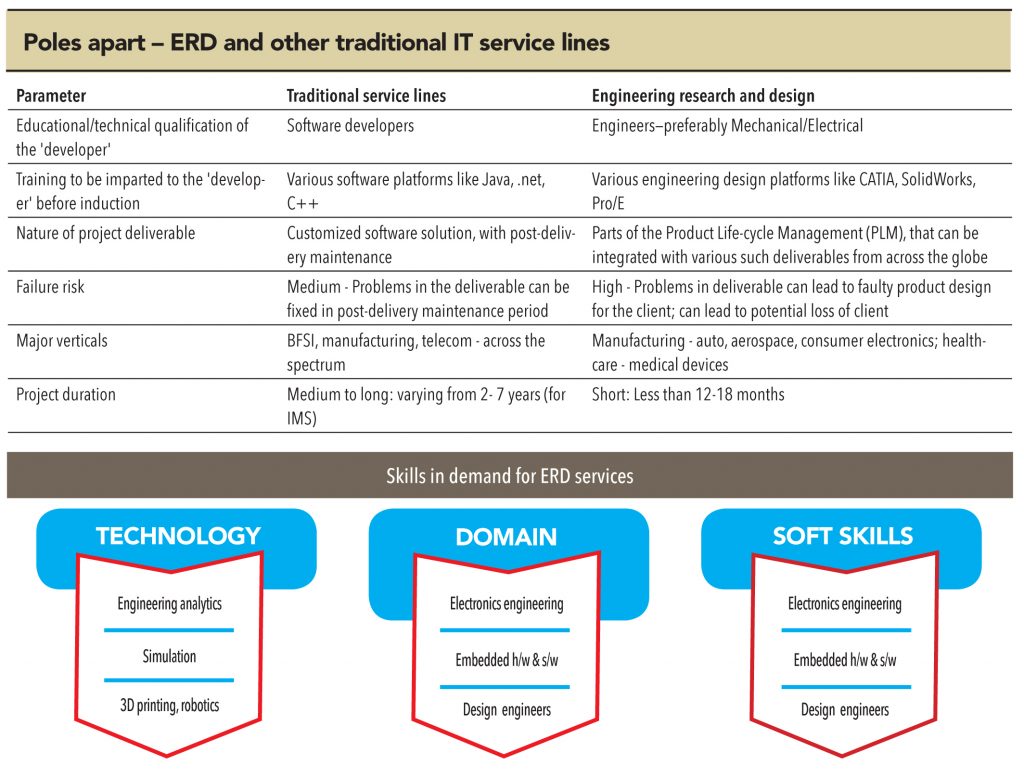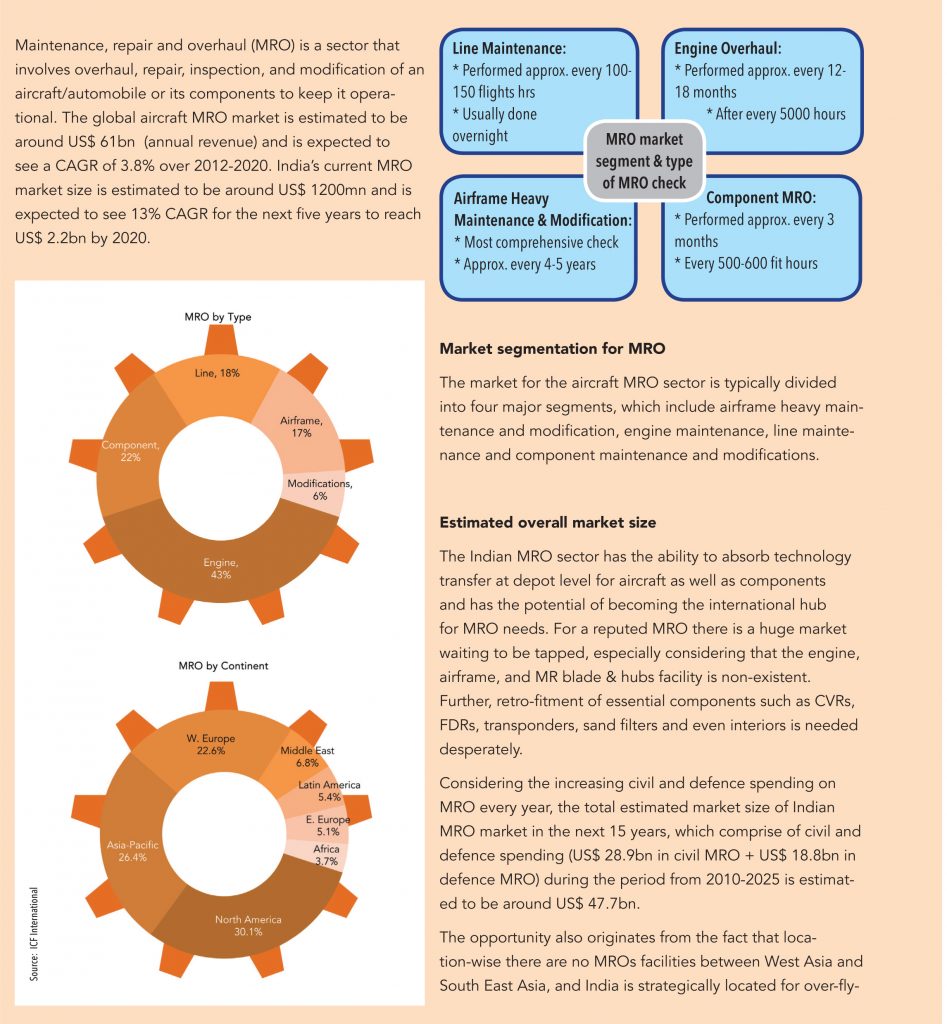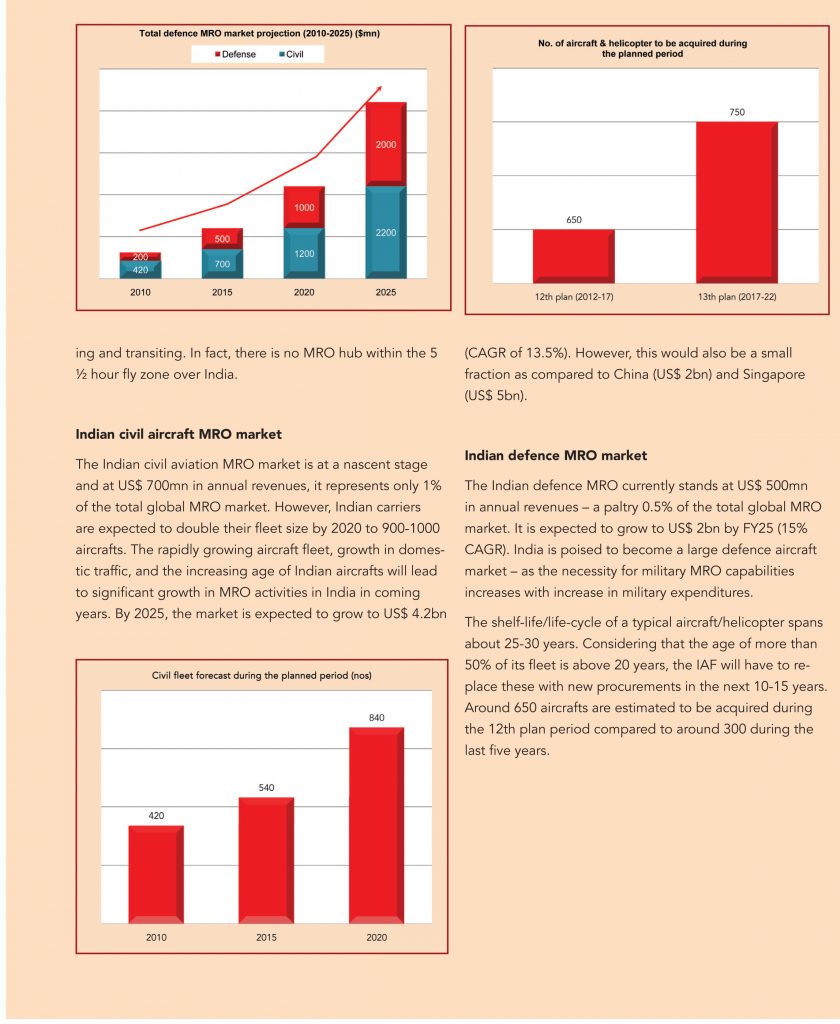Typically, engineering services continue to be delivered primarily through hourly, daily, weekly, or monthly rates-based pricing models, staff augmentation relationships,or time and material (T&M) projects of various forms. These less-mature resource-based pricing models reflect the conservative nature of the client base; specifically, the lack of sourcing maturity within the engineering services community.
However, of late, buyers of engineering services are shifting towards more mature and advanced sourcing relationships that provide more predictable,stable, and higher quality of services and deliver the anticipated and contracted value to them. Chances of product success are higher if the service providers also have financial incentives to achieve business outcomes and hit target service levels and performance metrics.
Fixed cost outsourcing/subcontracting is one of the fastest methods and is best applicable for a short-term (project), when the outsourcing element is clearly a separate function—the two parties agree to a fixed cost that includes the vendor’s margins. The control of the project (budget, timelines, and quality) can be a challenge here. Also, the IPR issues need to be considered. This model requires constant information sharing. Companies usually start with this model and graduate to other models over a period.
Variable cost outsourcing is a contract where the work is paid by the actual working hours and resources used (the standard industry time-and-material format). Here the buyer gets a better picture of the actual costs and price levels than in the fixed cost model. Also, if the project is done in phases, the risks are generally lower, as it is possible to regularly follow the development of the work.

Captives With IP being one of the biggest concerns in the ERD space, many companies are using captives to simultaneously preserve control and exploit the benefits of outsourcing.On a large or long-term operation level, captives provide lower costs than prices charged by vendors. Recently,captives have been rapidly expanding their engineering capacities in India. With the Indian government encouraging FDI in setting up R&D facilities (captive R&D centres) many multinationals have increased investments in R&D in projects.
According to an Infosys study, about 70% of companies that have set up captives in India have done so through wholly owned subsidiaries. More innovative models, which involve a financial or operational partnership (e.g., JVs) with established Indian entities, are not widely popular. Negligible numbers have been created on a Build-Operate-and-Transfer model.
ERD is fundamentally completely different from other traditional service lines, which constitute the portfolio of IT-services companies. While traditional service lines such as ADM, enterprise application and IMS require little engineering background and training, ERD requires a high level of understanding of engineering concepts and principles. Also, the kind of training that is required for ERD service lines is completely different from other domains—traditional service lines require a ‘developer’ to be trained in various coding languages and platforms (C++, Java, .net) while ERD requires ‘engineers’ to be trained on various CAD/design platforms (CATIA, SolidWorks, Pro/E). The deliverables are also completely different for traditional service lines and ERD.



Subscribe to enjoy uninterrupted access